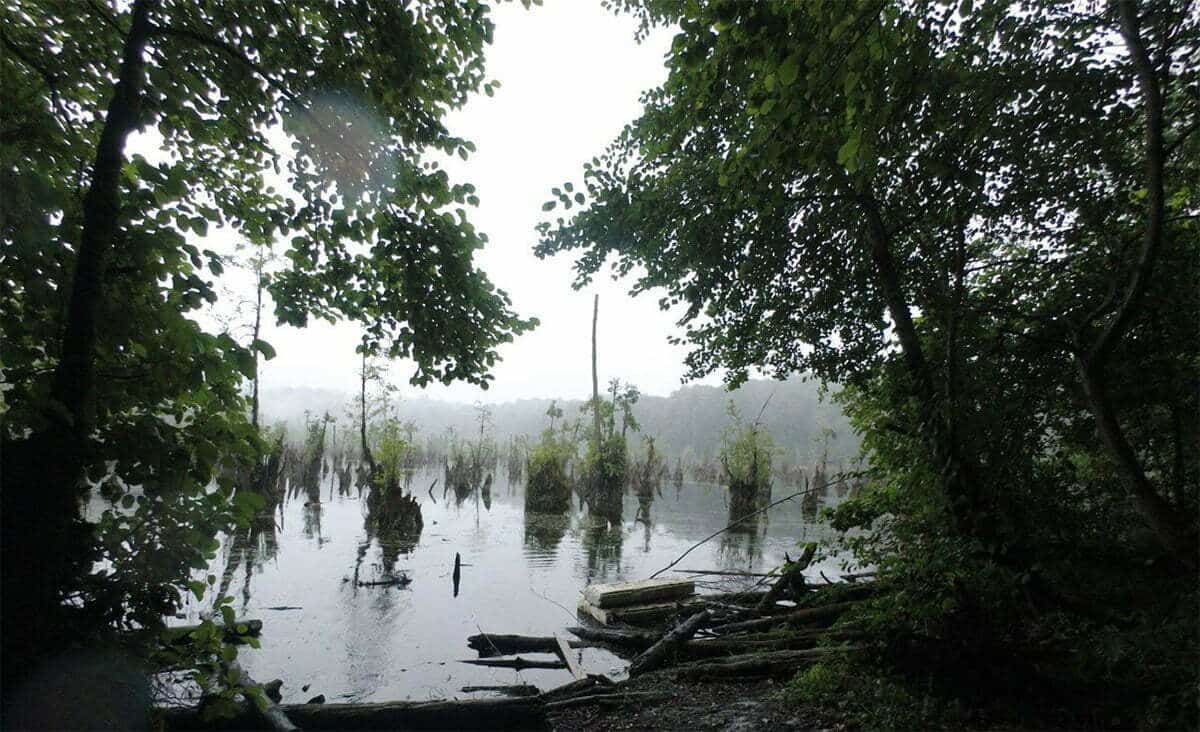The concept of “Dark Tourism” may seem unconventional at first glance, but it has gained increasing popularity among adventurous travelers who seek to explore the darker side of history. From cities scarred by natural disasters to areas marked by wars, massacres, and other tragedies, Dark Tourism offers a unique and often profound perspective on humanity’s past.
In Iran, a country steeped in rich history and culture, there are several captivating destinations that fall under the category of Dark Tourism. For those with a penchant for the unusual and thought-provoking, these lesser-known sites offer a compelling and immersive experience.
One such destination is the Ardabil cannibal castle, shrouded in mystery and folklore. This centuries-old castle, located in northern Iran, has a haunting reputation for cannibalistic practices by its inhabitants during times of famine. Exploring its ancient walls and chambers is a journey into a dark chapter of Iran’s history, filled with legends and stories that continue to intrigue visitors.

Another enigmatic site is the Nowshahr ghost lagoon, a serene and otherworldly lake nestled in the lush forests of northern Iran. Legend has it that the lake is haunted by the spirits of those who perished in its waters, and locals believe it holds mystical powers. Visitors can witness the ethereal beauty of the lake while pondering the stories and folklore associated with its haunting reputation.
For those interested in Iran’s modern history, a visit to the Qasr prison museum in Tehran is a sobering and eye-opening experience. This former prison turned museum offers a glimpse into Iran’s tumultuous past, where political prisoners were held and subjected to harsh conditions. The exhibits provide a chilling reminder of Iran’s complex history and the struggles faced by those who fought for freedom and justice.

Jan Chabahar cemetery is another intriguing destination for Dark Tourism enthusiasts. Located in southeastern Iran, this cemetery is known for its unique tombstones adorned with colorful tiles and intricate designs. Visitors can reflect on the cultural and religious customs surrounding death in Iran while marveling at the artistic craftsmanship of the tombstones.
Last but not least, the Darvishkhan stone garden offers a surreal and captivating experience. Located in western Iran, this otherworldly garden is filled with intricate sculptures made of stone, depicting a wide range of themes from mythology to social commentary. The garden is a testament to the creativity and artistic expression of the late Darvishkhan, a local artist, and provides a thought-provoking insight into Iran’s contemporary art scene.
As with any form of tourism, it’s crucial to approach Dark Tourism destinations with sensitivity and respect for the local culture and customs. It’s important to be mindful of the significance of these sites to the local communities and to engage in ethical and responsible travel practices.
If you’re a curious and adventurous traveler seeking unique and thought-provoking experiences, exploring Iran’s Dark Tourism destinations can be a captivating and enriching journey. From ancient castles with dark legends to serene lakes with ghostly tales, Iran’s intriguing and enigmatic sites are sure to leave a lasting impression on those who dare to venture into the world of Dark Tourism.

